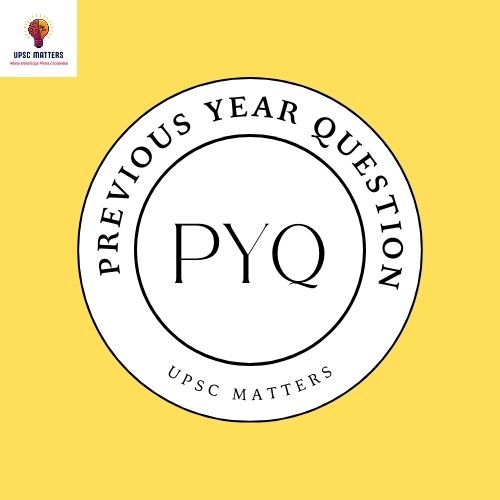
China is using its economic relations and positive trade surplus as tools to develop potential military power status in Asia’, In the light of this statement, discuss its impact on India as her neighbour. [150 Words] [10 Marks] [2017]
Introduction-
China’s strategic use of its economic powess and substantial trade surplus has significantly bolstered its military capabilities, positioning it as a dominant force in Asia. This deliberate intertwining of economic strength and military expansion has profound implications for neighboring countries, particularly India. As China’s immediate neighbor, India faces a complex array of challenges stemming from China’s ascent as a military and economic powerhouse.
A) China’s Economic Strategies Enhancing Military Power
1)Trade Surplus Fuelling Military Modernization–
Economic Growth: China’s consistent trade surplus has generated substantial revenue, enabling increased investment in defense and military modernization.
Defense Budget Expansion: The financial resources from trade surpluses have facilitated the development of advanced military technologies and the expansion of China’s defense capabilities.
2) Belt and Road Initiative (BRI) as a Strategic Tool
Infrastructure Investments: Through the BRI, China has invested in infrastructure projects across Asia, enhancing its geopolitical influence and securing strategic footholds.
Dual-Use Facilities: Many BRI projects, such as ports and railways, possess dual-use potential, serving both commercial and military purposes, thereby extending China’s strategic reach.
B) Impact on India
1)Strategic Encirclement and Regional Influence
String of Pearls Strategy: China’s development of ports and infrastructure in countries surrounding India, including Pakistan, Sri Lanka, and Myanmar, has led to a strategic encirclement, challenging India’s regional influence.
Influence in Neighboring Countries: China’s economic investments in South Asian nations have increased its sway in India’s traditional sphere of influence, potentially undermining India’s regional standing.
2) Border Disputes and Military Posturing
Infrastructure Development: China’s rapid development of infrastructure along the disputed border areas has enhanced its military logistics and operational capabilities, posing a direct challenge to India’s border security.
Increased Tensions: The bolstering of military presence and infrastructure by China in these regions has led to heightened tensions and frequent standoffs, exemplified by incidents such as the Doklam standoff.
3) Economic Imbalance and Dependency
Trade Deficit: India faces a significant trade deficit with China, which could limit its economic growth and ability to counterbalance China’s influence in the region.
Supply Chain Vulnerabilities: India’s reliance on Chinese imports for critical sectors exposes it to economic vulnerabilities, which could be exploited during geopolitical tensions.
C) India’s Strategic Responses–
1)Strengthening Defense Capabilities
Modernization Efforts: India has initiated programs to modernize its armed forces, focusing on acquiring advanced technologies and enhancing operational readiness.
International Partnerships: Collaborations with countries like the United States, Russia, and France aim to bolster India’s defense capabilities through joint exercises, technology transfers, and procurement of advanced weaponry.
2) Diversifying Economic Partnerships
Reducing Dependency: India is actively seeking to diversify its trade partners and reduce reliance on Chinese imports by strengthening economic ties with other nations and promoting domestic industries.
Regional Initiatives: Engagement in regional trade agreements and initiatives, such as the Quad alliance, aims to counterbalance China’s economic influence in the Indo-Pacific region.
3) Enhancing Infrastructure and Connectivity
Border Infrastructure: India is investing in the development of infrastructure along its borders to improve military logistics and civilian connectivity, thereby countering China’s infrastructural advancements.
Regional Connectivity Projects: Initiatives like the International North-South Transport Corridor (INSTC) and participation in ASEAN frameworks seek to enhance regional connectivity and trade, providing alternatives to Chinese-dominated routes.
Conclusion–
China’s strategic use of its economic relations and trade surplus to augment its military capabilities has significantly altered the security dynamics in Asia, presenting multifaceted challenges for India. In response, India is adopting a comprehensive strategy that includes military modernization, economic diversification, and infrastructural development to safeguard its national interests and maintain regional stability.


1 thought on “INDIA-CHINA RELATIONS UPSC PYQ”